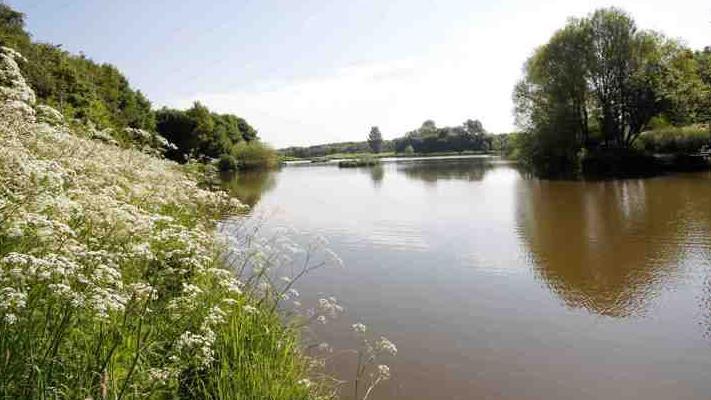Pink pond believed to be caused by algae bloom
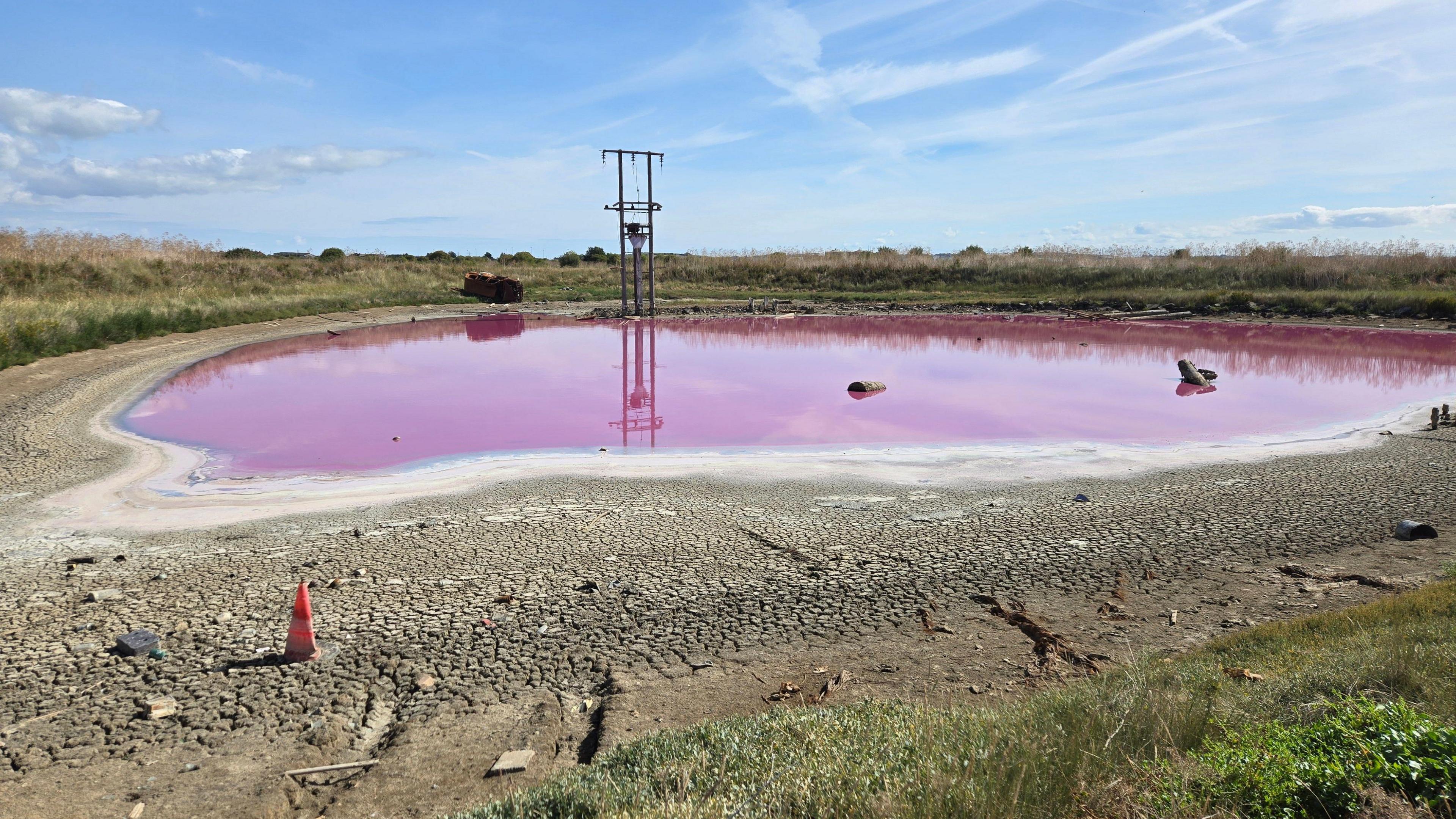
Walker Barry Knight made the discovery while walking along the King Charles III coastal path near Queenborough
- Published
A growth of microscopic organisms is thought to be reason for a small pond in Kent turning pink.
Walker Barry Knight made the discovery on the King Charles III coastal path near Queenborough on the Isle of Sheppey.
"I'm a laid back kind of chap, but to see that I thought 'oh', which is quite a reaction for me," he told BBC Radio Kent.
The Environment Agency said it was a natural phenomenon, caused by algae or bacteria, and that people and animals should avoid contact with it.
Mr Knight said: "I left Queenborough Creek and went south to the very west part of Sheppey.
"Going along the flood defences, I came across this pond.
"It was really quite pink, you couldn't miss it."
After posting some pictures online he said he had reactions from "all over the world".
"A New York publication decided to call me 'an elderly Brit' but I've forgiven them that," he said.
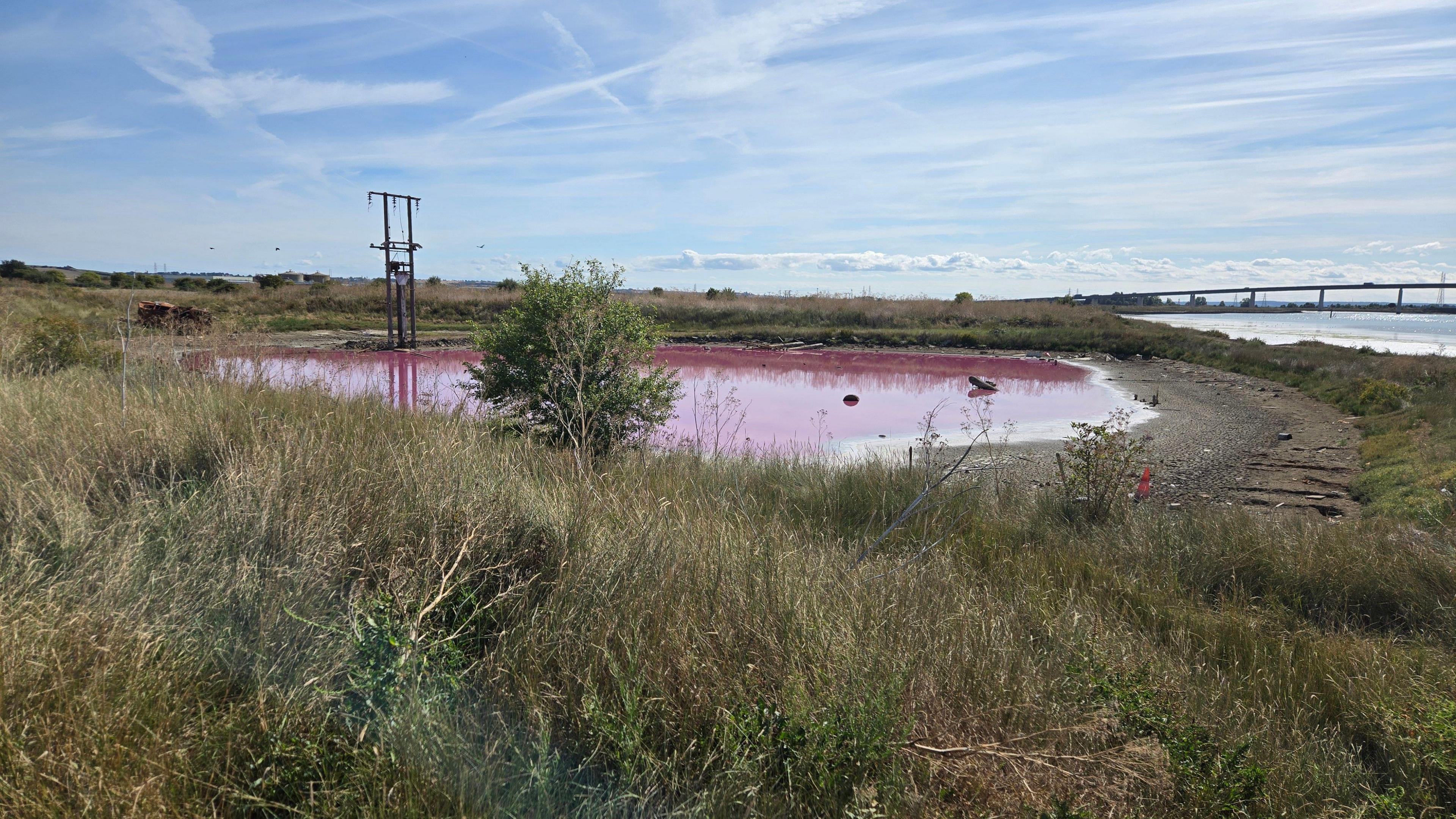
The Environment Agency said the colour was caused by naturally occurring algae or bacteria
A spokesman for the Environment Agency said: "This is a natural phenomenon which can be seen in lakes, especially over summer months.
"The colour is caused by naturally occurring algae or bacteria.
"High concentrations of algae can be harmful, so people and animals should try to avoid contact with the water or scum.
"We encourage members of the public to report any such concerns to our 24-hour incident hotline on 0800 807060."
Follow BBC Kent on Facebook, external, on X, external, and on Instagram, external. Send your story ideas to southeasttoday@bbc.co.uk, external or WhatsApp us on 08081 002250.
Related topics
- Published20 August

- Published12 August
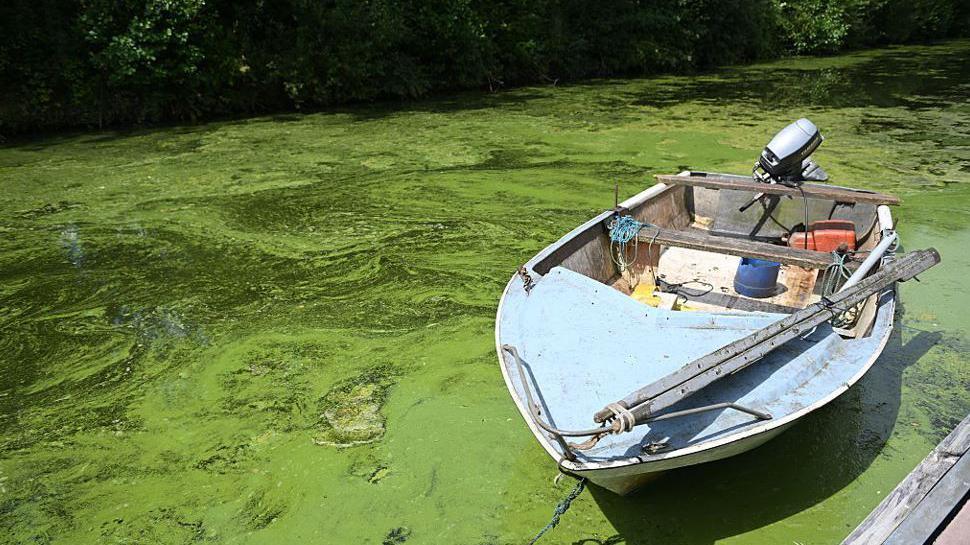
- Published5 August 2024
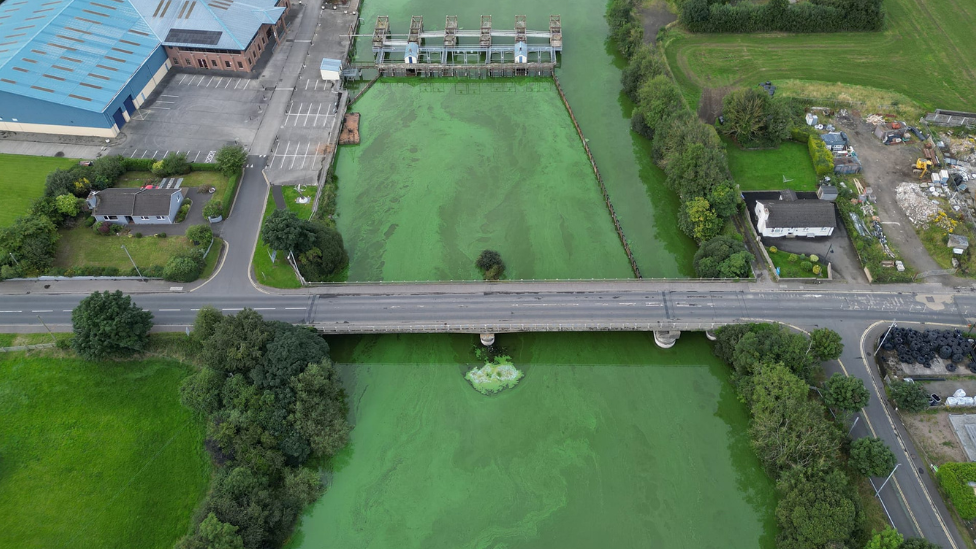
- Published13 August
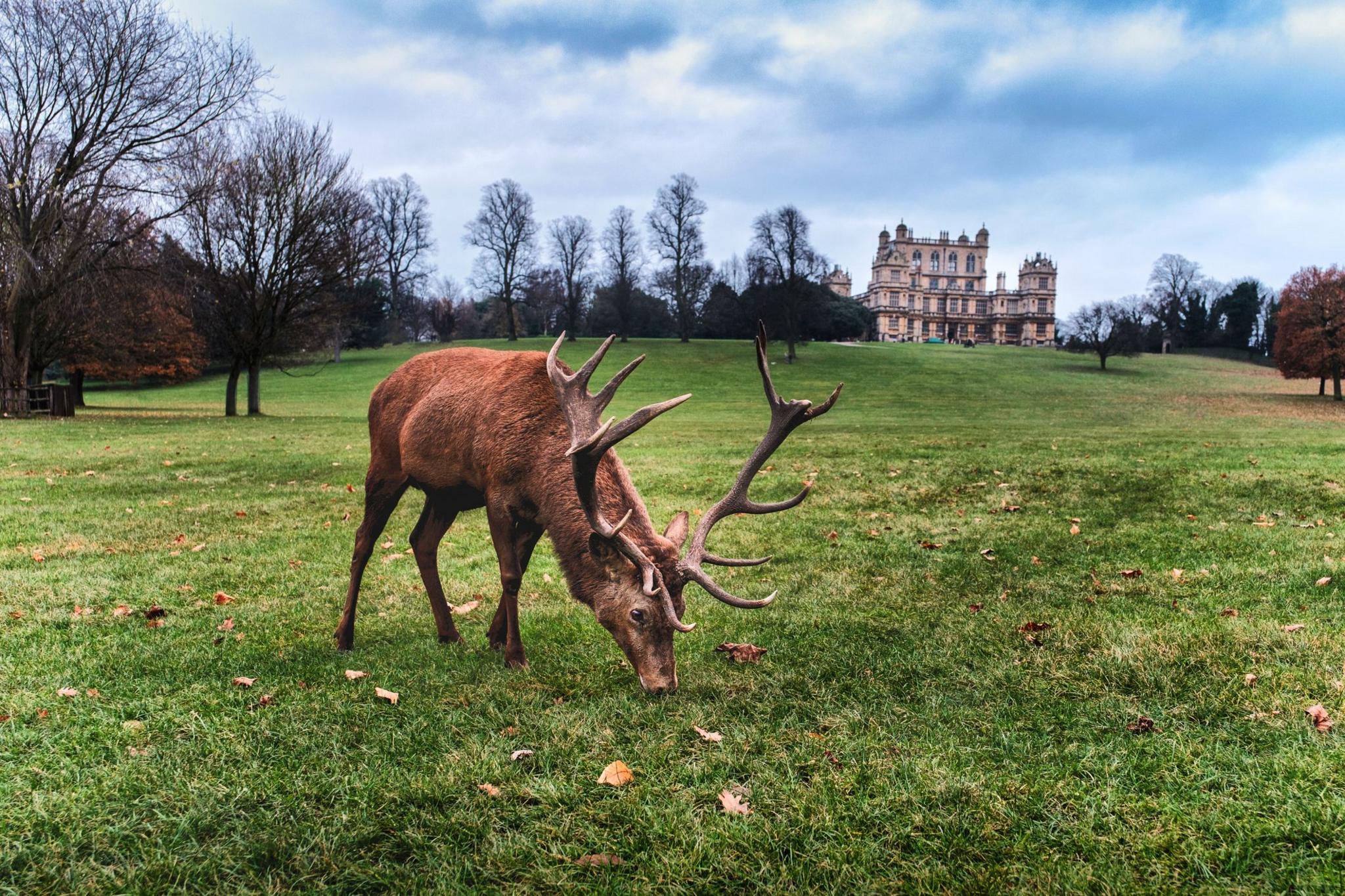
- Published19 July
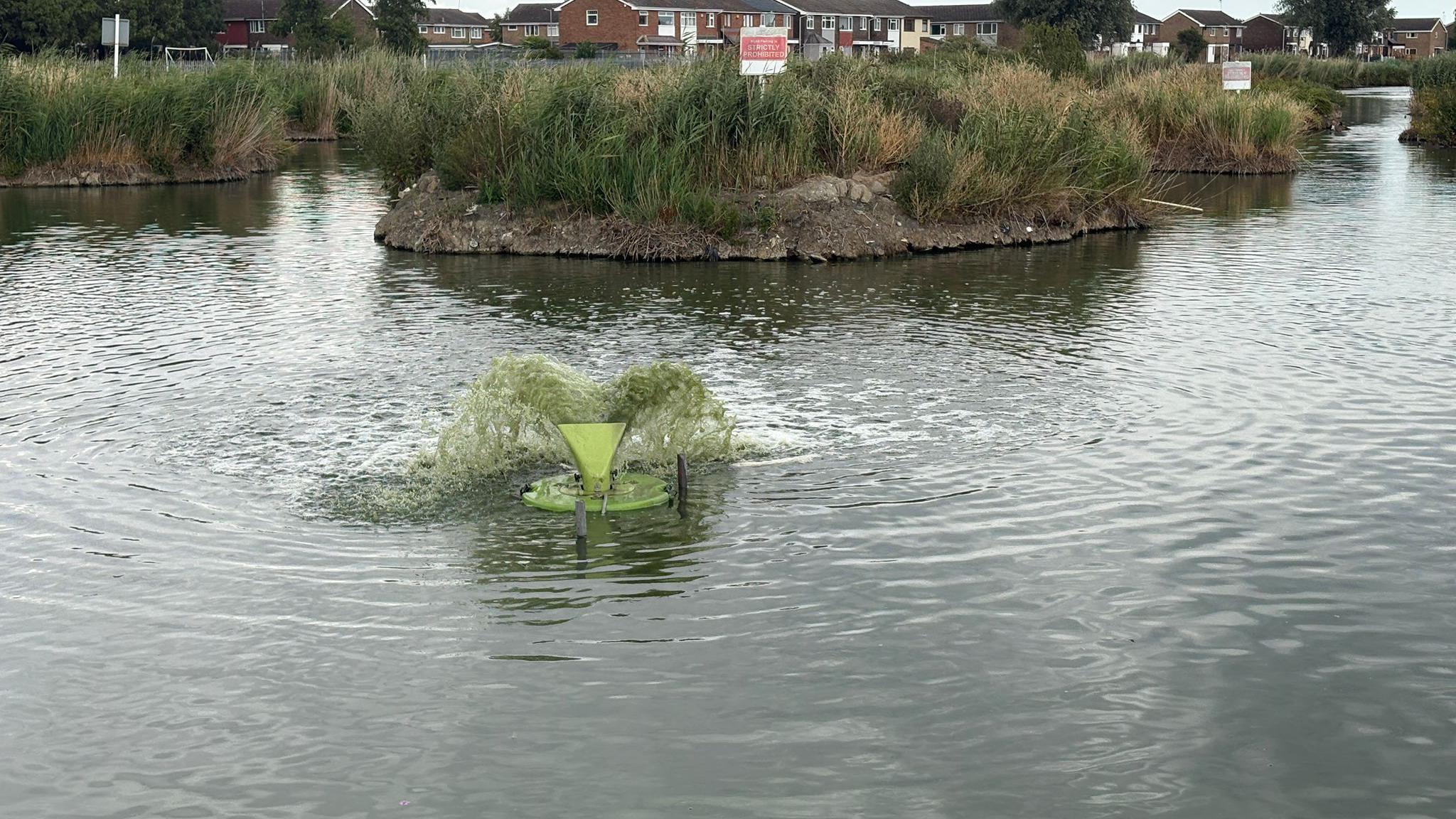
- Published1 August
